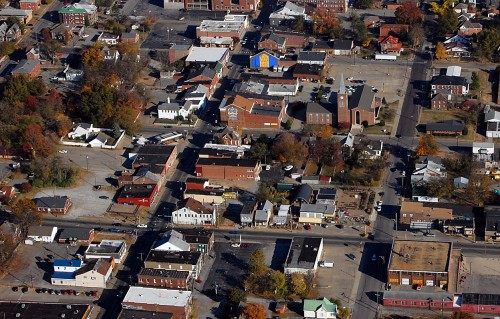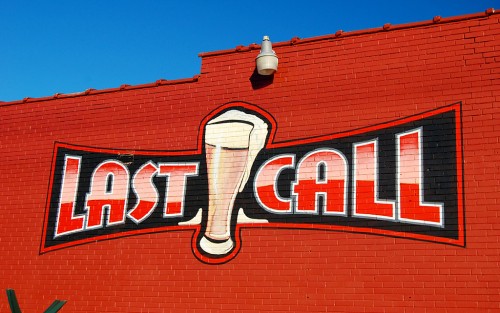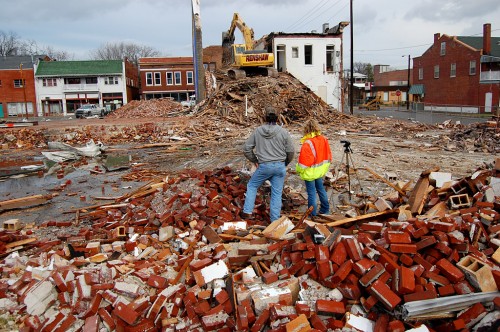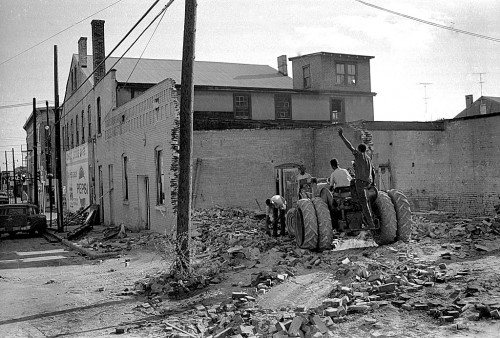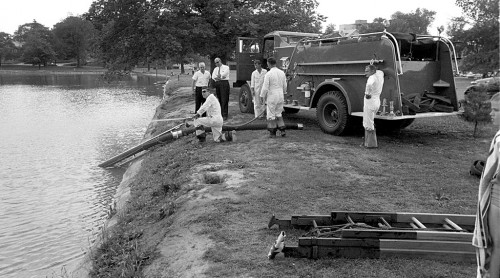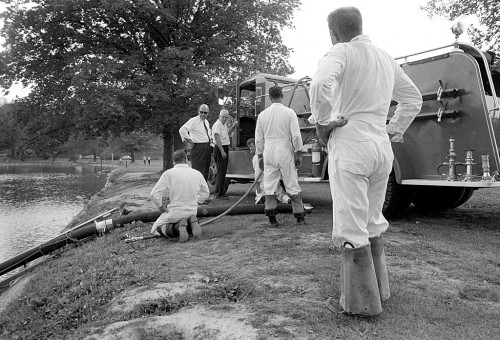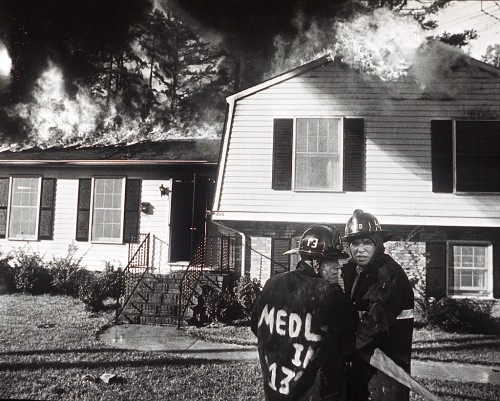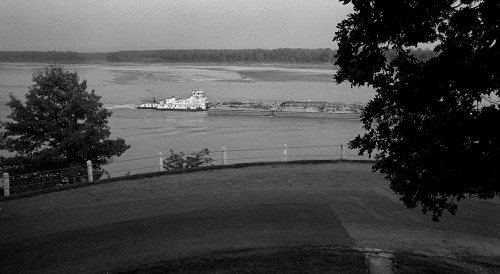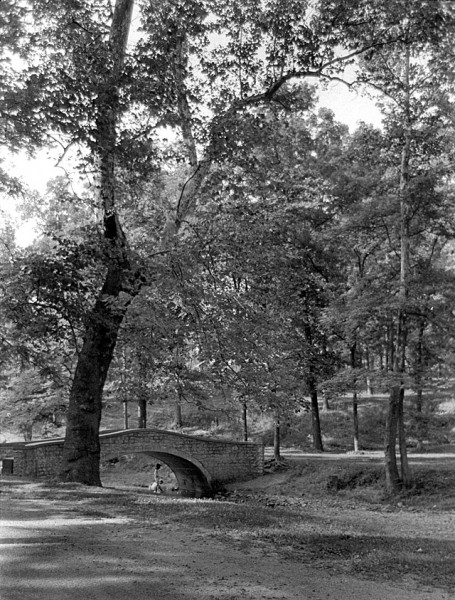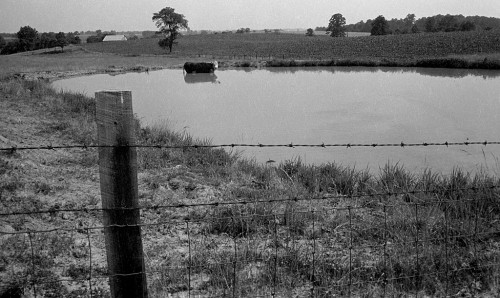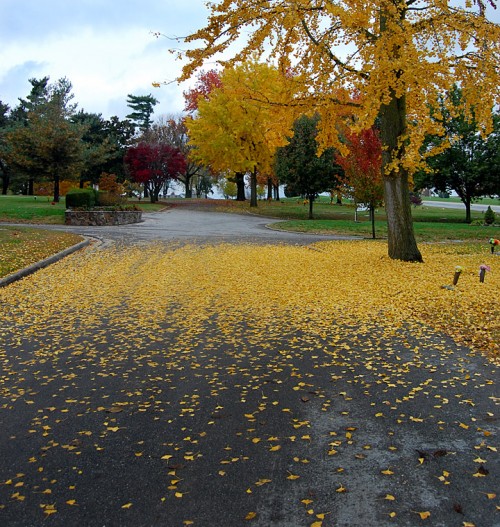Missourian Librarian Sharon Sanders runs an interesting blog on Thursdays called “From the Morgue.” Back in the less PC Good Old Days, that what we called the repository of yellowing clips carefully snipped out by the custodian of the newspaper’s history. Folks like Sharon and her predecessor, Judy Crow, really DO know where the bodies are buried and can find the skeletons in closets going back generations. You do NOT want to get on the wrong side of the newspaper librarian. They used to possess both sharp tongues and sharp scissors.
I’m not sure what Digital Sharon could do to a reporter who didn’t bring back a much-handled envelope of old clips, but I bet it wouldn’t be pretty. On one of our first meetings, I started to raise my camera to take her picture. I don’t normally take no for an answer – I’ve shot Popes and Presidents, rioters and guys with guns – but I put my camera down when she shook her head. I knew right away that she wasn’t somebody to mess with.
I felt fortunate to escape with my life and a photo of a stack of aging clips.
Broadway and Sprigg
Her blog Thursday said one of her most-requested photos is of the building that used to be at the northeast corner of Broadway and Sprigg Street. It’s a vacant lot next to the Last Call Bar today. She’s done all the historical heavy lifting about that block, so it’s worth heading over there.
I don’t have any photos going back that far, but I do have the area today.
This aerial from November 2010 shows a number of landmarks. The red building is the Last Call she mentions. The white building diagonally across the street is the infamous 633 – 635 – 637 Broadway trio of buildings that have been a source of controversy for a long time. One building was razed and the other two are being renovated. In the center of the picture is Trinity Lutheran Church. The brick building to its left is Shivelbines Music and the white building across the street is Annie Laurie’s Antiques.
Last Call
It’s hard to miss the Last Call if you’re eastbound on Broadway. Its red colors are set off by a blue sky.
Blue-sided building is gone
The blue-sided building with the iconic mural at the top center of the aerial and the ones next to it were torn down at the end of 2011. Walther’s Furniture, across the street, has turned into Discovery Playhouse.
Like a gap in a first-grader’s grin
The northwest corner of Broadway and Sprigg has another empty spot. That’s where the old Chris Cross Cafe used to be. This view is south on Sprigg toward Broadway somewhere around 1966 or 1967. The three-story building on the south side of Broadway was the Cape Hotel. It burned and the spot is occupied by a Subway today.


